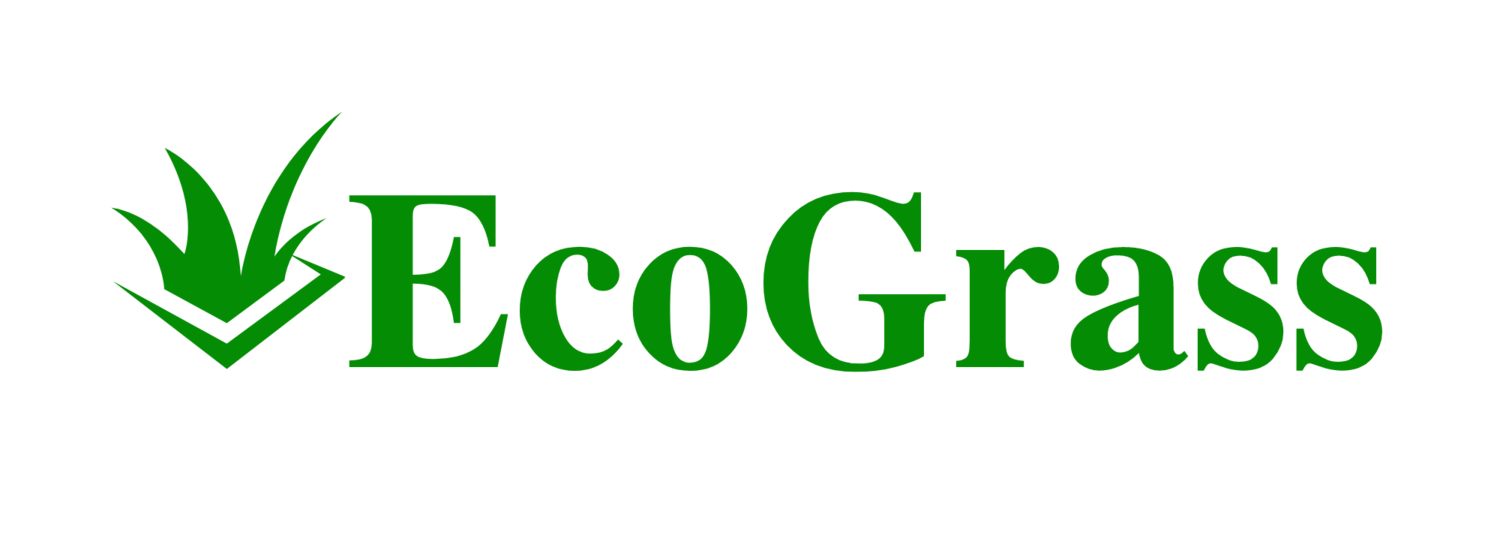Seaming artificial turf is a crucial step in creating a seamless, natural-looking lawn. When done correctly, it can elevate the appearance of your outdoor space and ensure longevity. The key to successful seaming lies in using the right technique and materials for your specific project.
You have several options for seaming artificial grass, including tape and adhesive, nails, or glue. Each method has its pros and cons, depending on factors like the size of your project, the type of turf, and the underlying surface. Proper preparation of the seam area is essential for achieving a smooth, invisible join between turf sections.
By mastering the art of seaming, you can save money on professional installation and take pride in a DIY project well done. Whether you're tackling a small backyard or a larger commercial space, understanding the seaming process will help you achieve professional-looking results.
Preparing for Installation
Proper preparation is crucial for a successful artificial turf installation. Before beginning, you'll need to assess the area and gather the necessary tools and materials.
Assessing the Installation Area
Evaluate the space where you plan to install artificial grass. Measure the area accurately to determine how much turf you'll need. Note any obstacles like trees, sprinklers, or hardscaping features.
Inspect the existing surface. If it's soil, you'll need to remove any grass, weeds, or debris. For concrete or asphalt surfaces, ensure they're clean and free of cracks.
Check for proper drainage. The area should have a slight slope away from buildings to prevent water pooling. If drainage is poor, consider installing a sub-base system.
Tools and Materials Required
Gather essential tools for the installation process. You'll need a tape measure, utility knife, hammer, and rake. A power broom or stiff brush helps with final grooming.
Key materials include artificial turf rolls, seaming tape, and adhesive. Calculate the amount of turf needed based on your measurements, adding extra for seams and edges.
For soil installations, acquire crushed stone or decomposed granite for the base layer. You'll also need landscape fabric to prevent weed growth.
Secure landscaping nails or spikes to anchor the turf edges. For joining sections, obtain high-quality seaming tape and outdoor-grade adhesive.
Executing the Seam Process
Creating a seamless artificial turf installation requires precision and attention to detail. The following steps will guide you through the process of cutting, aligning, and securing turf pieces for a professional-looking result.
Cutting and Aligning Turf Pieces
Start by unrolling your artificial turf pieces, ensuring the pile direction is consistent. Use a sharp utility knife to trim the edges, removing at least 3 rows of stitches from each piece to create clean edges for seaming.
Align the pieces carefully, matching patterns and pile direction. Overlap the edges slightly and fold them back. Use a chalk line to mark a straight seam line for cutting.
Make precise cuts along the marked line, using a straight edge as a guide. This step is crucial for creating invisible seams.
Seaming Techniques and Tips
For most installations, seaming tape and adhesive provide the strongest bond. Lay seaming tape centered under the seam line. Apply turf adhesive evenly along the tape's surface.
Carefully fold the turf edges onto the adhesive, ensuring no gaps or overlaps. Press firmly to embed the turf backing into the adhesive.
For temporary installations or small areas, double-sided industrial tape can be a quick alternative. Apply the tape along the seam line and press the turf edges together.
Securing the Seams
After applying adhesive, use sod staples every 4-6 inches along the seam to hold it in place while the glue sets. For permanent installations, these can be left in place for added security.
Use a roller to press the seam firmly, ensuring good contact between the turf and adhesive. This step helps create a strong, long-lasting bond.
Allow the adhesive to cure fully before walking on the seam or adding infill. Curing times vary by product, so check manufacturer instructions.
Finishing Touches for Durability and Aesthetics
Once the seams are secure, brush the turf fibers to blend the pile direction across the seam. This helps camouflage the seam line.
Add infill material, such as silica sand, to stabilize the turf and enhance its appearance. Spread it evenly across the surface, including over seams.
Use a power broom or stiff brush to work the infill into the turf fibers. This process helps hide seams and creates a more natural look.
Regularly maintain your artificial turf by brushing and cleaning to keep seams looking invisible and ensure the longevity of your installation.

